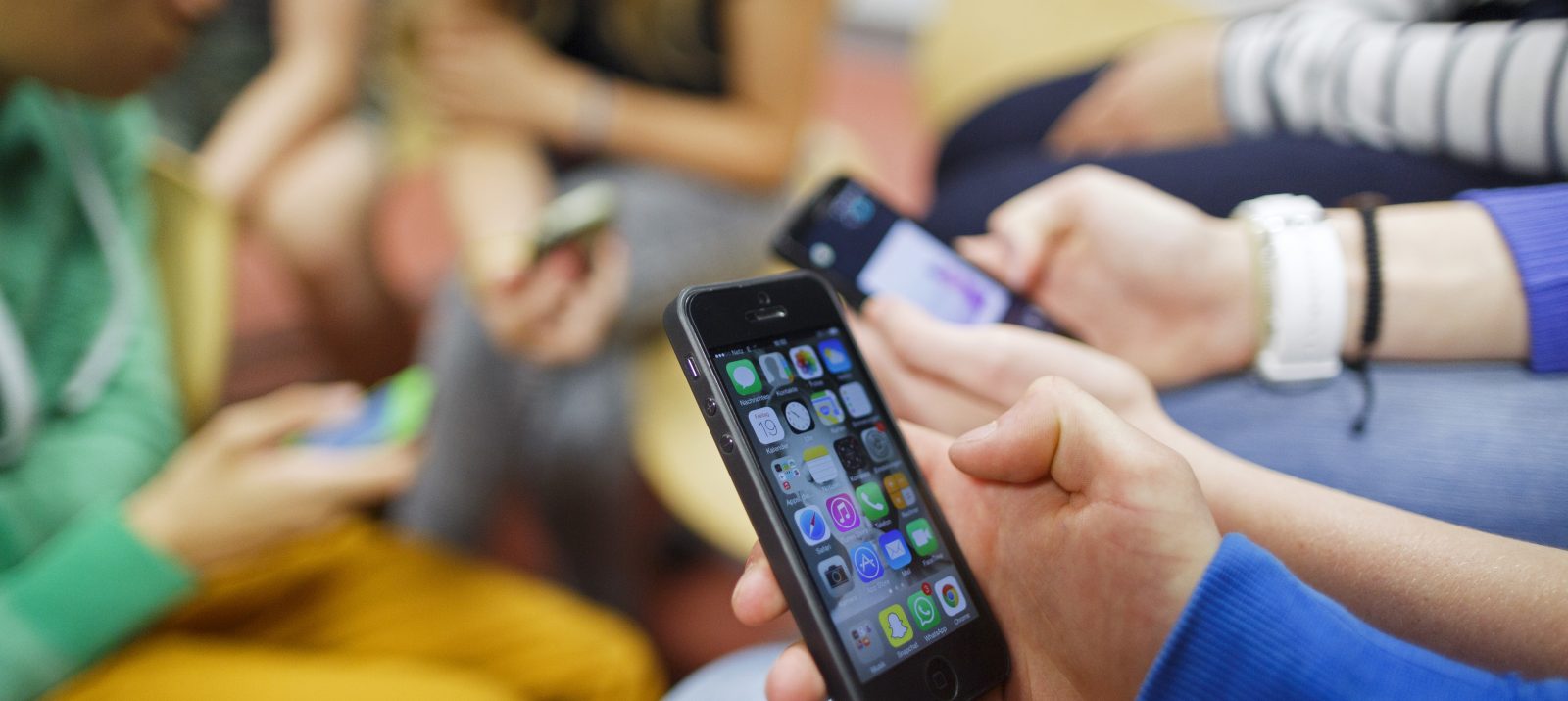
Many apps cost nothing. Only at a second glance can you see that you have to pay to be able to use such apps properly and with fun. For children and young people, such in-app purchases are a particular issue with game apps.
It’s not just when you install an app that costs can be incurred. Many apps even cost no money at first glance. But to use certain functions, you have to pay extra. This happens via so-called in-app purchases.
A few clicks can result in costs that are discovered on the next cell phone or credit card bill at the latest. Most of the time, these are rather small amounts of a few euros. But you don’t get an overview of how much you have spent on which functions and so it becomes more and more unnoticed. Another trick of the providers: At first glance, no real money has to be paid for the additional features, but instead there is a virtual currency. However, this must in turn be purchased using “real money” with a credit card or PayPal account.
Often, even within the free apps, there is advertising for a so-called “premium version”. This is the paid version of the same app, with more features. The free app acts as a kind of “test version” here. If this is liked, it is more likely to spend a few euros on the paid app.
Kids and teens especially come into contact with in-app purchases in game apps such as Coin Master. Downloading the game is free of charge in order to attract as many users as possible. Children are particularly susceptible to in-app purchases because they want to progress quickly in the game and may compare notes with friends. Or they find it nice to customize their character, even though it’s not important to the gameplay. To do so, they have to purchase coins, game character equipment (also in the form of so-called lootboxes) or the unlocking of further levels for real money, for example.
The virtual currency appears very abstract to children and young people and has little to do with the pocket money (in coins and bills) they regularly receive from their parents. That’s why they don’t necessarily realize that they’re actually spending money – on virtual things that don’t bring them much.
Sometimes purchases that have already been made can be recalled within a period of time, e.g. in the iTunes account (Apple) under the “Purchase overview”. It may also be worthwhile to contact the manufacturers should, for example, the purchase of a subscription not have been well marked. You can find out what else you can do if you or your child have accidentally fallen into a subscription trap at mobilsicher.